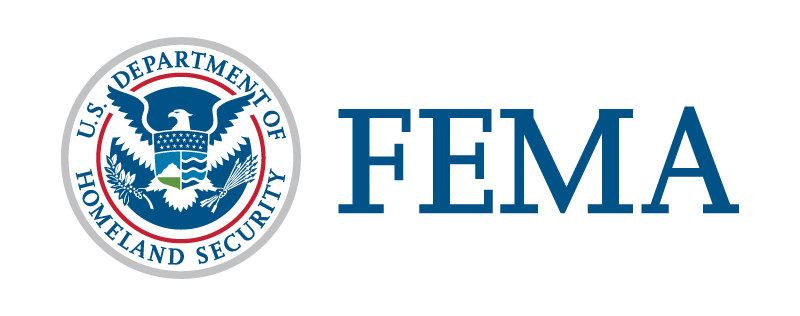BLUF: FEMA, guided by the FCC and VITEMA, will conduct a drill of the Emergency Alert System and Wireless Emergency Alerts on October 4 in the U.S. Virgin Islands, ensuring that the systems remain an efficient means of public warning.
INTELWAR BLUF:
The Federal Emergency Management Agency (FEMA), Federal Communications Commission (FCC), and the Virgin Islands Territorial Emergency Management Agency (VITEMA) are preparing to stage a drill on October 4th. This mock emergency will make use of both the Emergency Alert System (EAS) and Wireless Emergency Alerts (WEA) in the U.S. Virgin Islands. The purpose is to corroborate that these systems remain efficient, public warning instruments. Especially during national emergencies. If interference occurs due to severe weather or other influential incidents, the drill backup date is scheduled for October 11th.
OSINT:
The fictitious emergency will split into two phases to assess both WEA and EAS. The alert will be delivered to all operational consumer cell phones at around 2:20 p.m. ET in English or Spanish, based on the handset’s configuration. Subsequently, the EAS portion will be transmitted to radios and television sets. The final objective is to verify that the systems can effectively send out emergency alerts on a national level. After all, ensuring public safety, especially during emergency situations, is key.
RIGHT:
From a Libertarian Republic Constitutionalist’s point of view, the October 4th test signifies a necessary step for government agencies to ensure public safety. These government systems – the EAS and WEA – should operate efficiently to warn the public about any potential national emergencies, respecting the principle of minimal government but acknowledging its role in protecting citizens. The move is a clear indication that even limited government has a role to play in safeguarding individual freedoms and general public security.
LEFT:
A National Socialist Democrat may view FEMA, FCC, and VITEMA’s planned test as precisely the type of proactive measures that fall within the scope of government responsibility. It highlights the government’s commitment to serve and protect its citizens, particularly in times of emergencies. This exercise emphasizes the government’s role in ensuring public safety and illustrates, in a broader sense, why solid infrastructure and well-coordinated regulatory bodies are essential for creating a safer society.
AI:
Assessing the agendas of FEMA, the FCC, and VITEMA, the proposed EAS and WEA tests are essential components of emergency preparedness planning. In such circumstances, the ability to convey accurate and timely information to the public becomes critical. Therefore, conducting system efficacy tests such as this offers an imperative measure of preparedness in case of any emergency. Carefully-planned and executed evaluations can potentially unveil flaws and allow for continual improvement of these systems, directly contributing to improved public safety.

